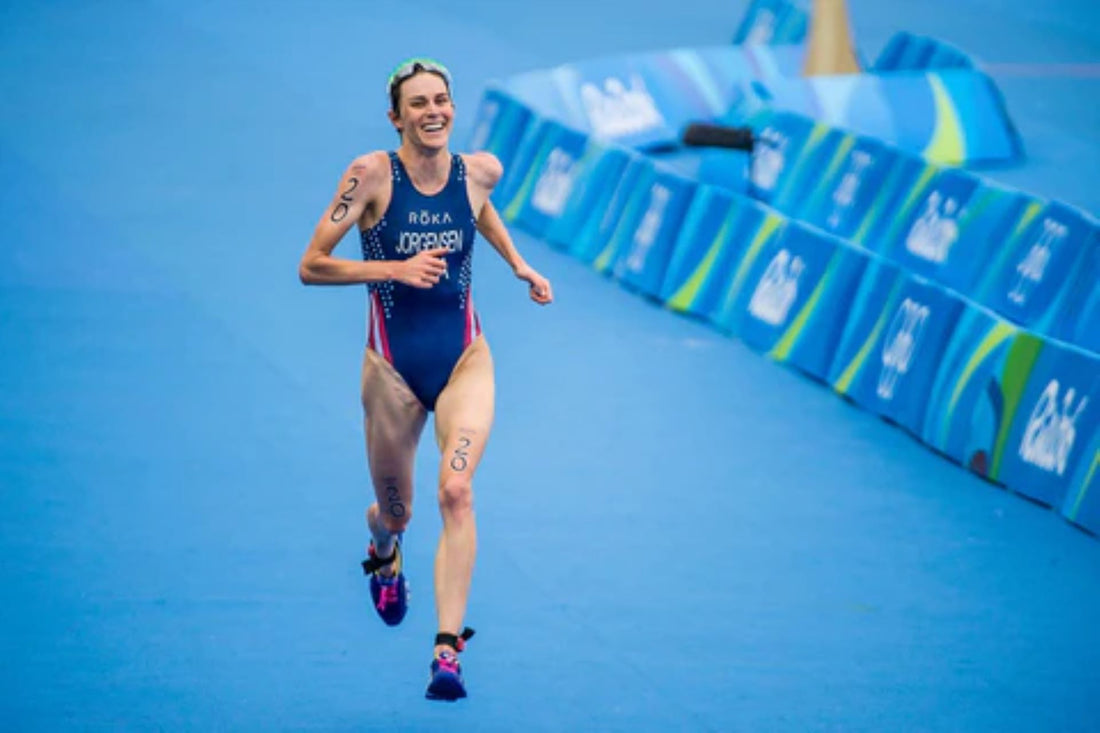
The allure of the Ironman – a grueling triathlon encompassing a 2.4-mile swim, a 112-mile bike ride, and a marathon 26.2-mile run – is undeniable. It's easy to mistakenly assume that triathlon is the pinnacle of endurance fitness, requiring superhuman abilities to excel in three sports simultaneously. However, the reality is far more welcoming.
"Triathlon is one of the world's most inclusive sports, with people of all fitness levels participating through systematic training," says Gwen Jorgensen, a champion who redefined the sport. As the "Queen of Triathlon," Jorgensen's dominance included the USA's first-ever triathlon gold medal at the 2016 Summer Olympics. Her message is clear: triathlon isn't just for the elite; it's a journey achievable through dedication and a well-structured training plan.
Here at Major Fitness, our motto, "For Your Stronger Tomorrow," embodies this very philosophy. We believe in equipping you with the tools and knowledge to build a strong, healthy foundation that allows you to pursue your athletic aspirations, including triathlon.
Recently, we had the privilege of an in-depth conversation with Gwen Jorgensen, focusing specifically on triathlon training achievable with Major Fitness equipment. Three core exercises emerged as paramount for building the endurance and strength needed to transform into an Ironman: Cable Pull Downs, Deadlifts, and Squats.
Building the Engine: Cable Pull Downs

Imagine yourself conquering the swim leg of the triathlon. Every stroke propels you forward, demanding exceptional upper body strength and endurance. Cable Pull Downs, performed on a Major Fitness Cable Machine, mimic this pulling motion. Here's how they work:
- Set-up: Select a weight appropriate for your fitness level. Sit on the machine with your back straight and core engaged. Grasp the wide-grip attachment with an overhand grip (palms facing forward).
- Execution: Pull the cable down in a controlled manner, keeping your elbows close to your body and your core engaged. Retract your shoulder blades at the bottom of the movement, simulating the pulling motion of swimming. Slowly return to the starting position.
- Benefits: Cable Pull Downs strengthen your upper back muscles, including the latissimus dorsi, which are crucial for powerful swimming strokes. Additionally, they engage your core and biceps, promoting overall upper body strength and endurance.
Powering the Ride: Deadlifts
The bike leg of an Ironman tests your lower body strength and stamina. Deadlifts, a fundamental strength training exercise, mimic the powerful leg drive needed for efficient cycling. Here's how to perform them safely and effectively with Major Fitness equipment:
- Set-up: Stand with your feet shoulder-width apart in front of a Major Fitness Olympic Barbell loaded with an appropriate weight. Maintain a slight bend in your knees and a flat back. Hinge at your hips, keeping the bar close to your body as you lower it towards the ground.
- Execution: Maintain a neutral spine throughout the movement. Lower the bar until your arms are fully extended, feeling a stretch in your hamstrings. Engage your glutes and core to return the bar to the starting position.
- Benefits: Deadlifts are a powerhouse exercise, building strength in your glutes, hamstrings, core, and lower back. This translates to powerful leg drive on the bike, allowing you to maintain efficient pedaling throughout the 112-mile journey.
Building the Foundation: Squats

Running a marathon requires exceptional lower body strength and stability. Squats, another cornerstone of strength training, are a must-have in any Ironman training program. Here's how to perform them with proper form using Major Fitness equipment:
- Set-up: Stand with your feet shoulder-width apart in front of a Major Fitness Squat Rack loaded with a barbell at an appropriate height. Engage your core and maintain a neutral spine.
- Execution: Push your hips back as if sitting in a chair, keeping your knees tracking over your toes throughout the movement. Lower yourself until your thighs are parallel to the ground. Pause briefly at the bottom, then explosively return to the starting position.
- Benefits: Squats strengthen your glutes, quads, hamstrings, and core – the key muscle groups for powerful running strides. They also improve balance and stability, essential for navigating the marathon distance with proper form.
The Path to Paris: Your Major Fitness Ironman Journey
As Jorgensen emphasizes, triathlon is a journey, not a destination. It's about pushing your boundaries, embracing the challenge, and ultimately, crossing that finish line with a sense of accomplishment. With a dedicated training program incorporating these core exercises performed on Major Fitness equipment, you can embark on your Ironman journey from the comfort of your home.
Remember, the key is consistency. Start with lighter
Calling All Iron wannabes: Train and Win with the Triathlon Game Challenge!
Ready to test your strength and endurance? The Triathlon Game Challenge is here to give you a taste of the Ironman life (without the actual ocean swim... yet!). From May 9th to May 30th, 2024, you can compete for bragging rights and potentially prime yourself for a future triathlon adventure.
Think you've got the grit? Here's how to join the challenge:
Challenge Accepted!
This virtual competition is designed to gauge your strength in exercises that mimic key triathlon disciplines. Whether you're a seasoned gym rat or a weekend warrior, there's a division for you:
Ready. Set. Go (and Record)!
Here's how to officially enter the game:
1. Head over to Major Triathlon Challenge to get the full lowdown on the challenge rules.Remember: Speed is key! The total time it takes you to finish all the exercises will determine your score. The faster you are, the better your chances of winning!
So, are you ready to take on the Triathlon Game Challenge? It's the perfect way to test your limits, have some fun, and maybe even get a taste for the amazing world of triathlons. Don't miss out – sign up today!



















